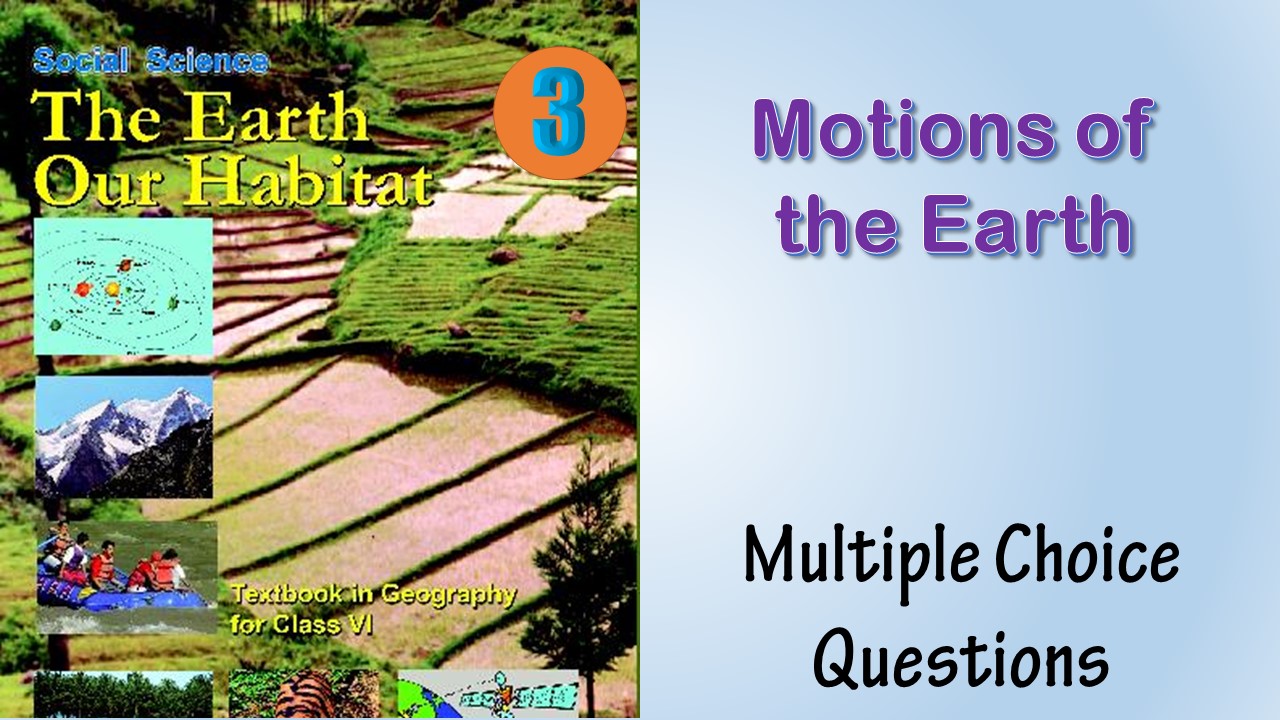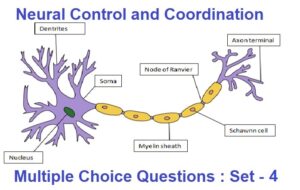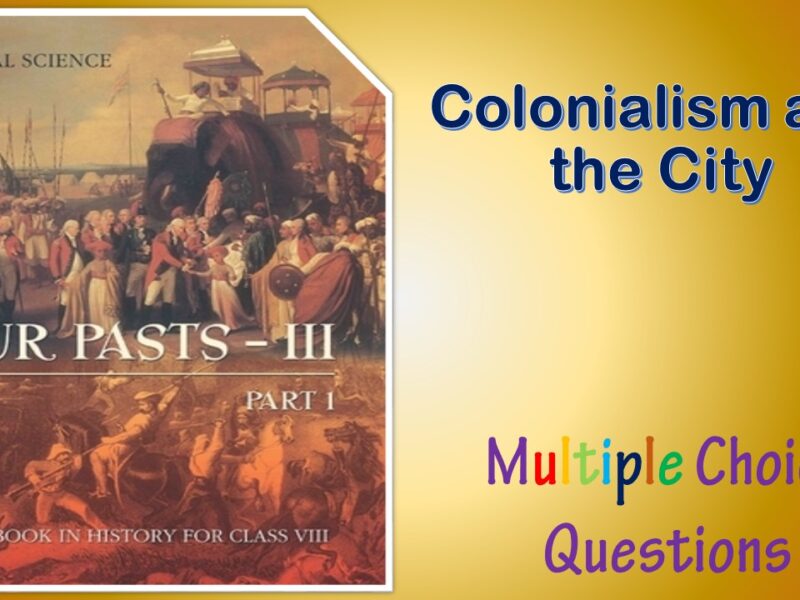Class 6 Social Science Geography MCQ Motions of the Earth with Answers is Prepared Based on Latest Exam Pattern. Students can solve NCERT Class 6 Social Science Geography MCQ Motions of the Earth with Answers to know their preparation level.
Students who are searching for NCERT Class 6 Social Science Geography MCQ Motions of the Earth with Answers are compiled here to get good practice on all fundamentals. Know your preparation level on MCQ Questions for Class 6 Social Science Geography MCQ Motions of the Earth with Answers. You can also verify your answers from the provided Class 6 Social Science Geography MCQ Motions of the Earth with Answers. So, ace up your preparation with MCQ of Class 6 Social Science Geography & NCERT Textbook solutions Examinations.
CBSE Class 6 Social Science Geography MCQ Motions of the Earth with Answers
Question : Motion of the earth on its axis in about 24 hours is called
(a) revolution
(b) rotation
(c) both (a) and (b)
(d) none of these
Answer : BShow Answer :
Question : The axis of the earth is a/an……………..
(a) imaginary line
(b) straight line
(c) curved line
(d) real line.
Answer : AShow Answer :
Question : In Australia Christmas is celebrated in the season:
(a) Winter
(b) Summer
(c) Spring
(d) Autumn
Answer : BShow Answer :
Question : The time of the day just before sunrise is known as
(a) Noon
(b) Morning
(c) Dusk
(d) Dawn
Answer : DShow Answer :
Question : The circle that divides the globe into day and night is called
(a) circle of darkness
(b) circle of day and night
(c) circle of illumination
(d)none of these
Answer : CShow Answer :
Question : The time taken by the earth to complete one rotation around its axis is…………………
(a) 24 hours
(b) 12 hours
(c) 36 hours
(d) 18 hours.
Answer : AShow Answer :
Question : What is orbital plane?
(a) Plane formed by the axis
(b) Plane formed by the orbitcorrect
(c) Both (a) and (b)
(d) None of these
Answer : BShow Answer :
Question : Leap day is always added to the month of
(a) February
(b) March
(c) January
(d) December
Answer : AShow Answer :
Question : Direct rays of the Sun fall on the equator on:
(a) 21 March
(b) 21 June
(c) 22 December
(d) 21 September
Answer : BShow Answer :
Question : In which season Christmas is celebrated in Australia?
(a ) Winter season
(b) Summer season
(c) Autumn season
(d) Spring season
Answer : BShow Answer :
Question : The sun rays are vertical over the ________ during ______
(a) Tropic of Capricorn, equinox
(b) Tropic of cancer, winter solstice
(c) Tropic of Capricorn, summer solstice
(d) Tropic of cancer, summer solstice
Answer : DShow Answer :
Question : How much time does the earth take time to complete its rotation?
(a) 22
(b) 23
(c) 24
(d) 20
Answer : CShow Answer :
Question : A mean solar day is
(a) The average time taken for Earth to rotate on its axis: 24 hours
(b) The time taken for the moon to go once around the Sun
(c) A day when the sun emits a lot of dangerous particles
(d) The time taken for the Earth to go once around the Sun
Answer : AShow Answer :
Question : Which one of the following is the source of light on the earth?
(a) The moon
(b) The sun
(c) The satellite
(d) The space
Answer : BShow Answer :
Question : Days and nights occur on earth due to
(a) rotationcorrect
(b) revolution
(c) both (a) and (b)
(d) none of these
Answer : AShow Answer :
Question : The speed of the earth’s rotation at the equator is about
(a) 1,675 m per second
(b) 1,675 km per hour
(c) 1,675 miles per hour
(d) 1,675 km per minute
Answer : BShow Answer :
Question : The axis of the earth which is an imaginary line, makes an angle of 66º with its
(a) Rotaitonal plane
(b) Orbital plane
(c) Revolution Plane
(d) Southern plane
Answer : BShow Answer :
Question : The period of one rotation of the earth is known as
(a) the sun day
(b) the moon day
(c) the earth daycorrect
(d) none of these
Answer : CShow Answer :
Question : Why do seasons change on the earth?
(a) Due to change in the position of the earth around the sun
(b) Due to no change in the earth’s position
(c) Both (a) and (b)
(d) None of the above
Answer : AShow Answer :
Question : It is spring in the Northern Hemisphere and autumn in the Southern Hemisphere on ………………………………
(a) 23rd September
(b) 21st March
(c) 22nd December
(d) 21st June.
Answer : BShow Answer :
Question : Earth’s movement around sun is called
(a) Rotation
(b) Revolution
(c) Solstice
(d) Hemisphere
Answer : BShow Answer :
Question : Which one of the following factors is not responsible for the phenomenon of seasons?
(a) Rotation of earth
(b) Revolution of earth
(c) Earth’s inclination
(d) Gravitational pull on sun
Answer : DShow Answer :
Question : Longest day of the year
(a) Winter solstice
(b) Equinox
(c) Rotation
(d) Summer Solstice
Answer : DShow Answer :
Question : Days are shorter during
(a) Rainy
(b) Winter
(c) Summer
(d) Autumn
Answer : BShow Answer :
Question : When do the longest day and the shortest night occur in the northern hemisphere?
(a) June 21correct
(b) September 23
(c) December 22
(d) March 21
Answer : AShow Answer :
Question : The portion facing the sun experiences ___ while the other half away from the sun experiences ___
(a) Day, Dawn
(b) Night, Day
(c) Night, Dawn
(d) Day, Night
Answer : DShow Answer :
Question : On which of the following days is the sun overhead at the equator during noon?
(a) 22 December
(b) 21 March
(c) 21 June
(d) 4 January
Answer : BShow Answer :
Question : Two motions of the earth are
(a) Rotation and Revolution
(b) Rotavation and Revolution
(c) Rotaional and Revotation
(d) Rotation and Revotation
Answer : AShow Answer :
Question : Earth’s movement around sun is called
(a) Rotation
(b) Revolution
(c) Solstice
(d) Equinox
Answer : BShow Answer :
Question : In the revolution, motion of the Earth around the Sun in its orbit completed in :
(a)(a) 365 days
(b) 366 days
(c) 365 ¼days
(d) 367 days
Answer : (c) 365 ¼daysShow Answer :
Question : How many Solstices are there in every year
(a)(a) 2
(b) 3
(c) 5
(d) 4
Answer : (a) 2Show Answer :
Question : Which one of the following is the source of light on the earth?
(a)(a) The moon
(b) The sun
(c) The satellite
(d) The space
Answer : (b) The sunShow Answer :
Question : In Australia Christmas is celebrated in the season:
(a)(a) Winter
(b) Summer
(c) Spring
(d) Autumn
Answer : (b) SummerShow Answer :
Question : The axis of Earth is inclined:
(a)(a) 23 ½°
(b) 66 ½°
(c) 22 ½°
(d) 10°
Answer : (b) 66 ½°Show Answer :
Question : Earth’s movement around sun is called
(a)(a) Rotation
(b) Revolution
(c) Solstice
(d) Equinox
Answer : (b) RevolutionShow Answer :
Question : The period of one rotation of the earth is known as
(a)(a) the sun day
(b) the moon day
(c) the earth day
(d) none of these
Answer : (c) the earth dayShow Answer :
Question : The circle that divides the globe into day and night is called
(a)(a) circle of darkness
(b) circle of day and night
(c) circle of illumination
(d)none of these
Answer : (c) circle of illuminationShow Answer :
Question : Direct rays of the Sun fall on the equator on:
(a)(a) 21 March
(b) 21 June
(c) 22 December
(d) 21 September
Answer : (b) 21 JuneShow Answer :
Question : In leap year, the month of February has
(a)(a) 31 days
(b) 29 days
(c) 30 days
(d) 28 days
Answer : (b) 29 daysShow Answer :
Question : A year with 366 days is called
(a)(a) leap year
(b) normal year
(c) both (a) and (b)
(d) none of these
Answer : (a) leap yearShow Answer :
Question : Leap day is always added to the month of
(a)(a) February
(b) March
(c) January
(d) December
Answer : (a) FebruaryShow Answer :
Question : In perihelion, Helios means
(a)(a) Hydrogen
(b) Light
(c) Hemisphere
(d) Sun
Answer : (d) SunShow Answer :
Question : Earth receive light from the
(a)(a) Moon
(b) Mars
(c) Sun
(d) Venus
Answer : (c) SunShow Answer :
Question : In which season Christmas is celebrated in Australia?
(a)(a ) Winter season
(b) Summer season
(c) Autumn season
(d) Spring season
Answer : (b) Summer seasonShow Answer :
Question : How much time does the earth take time to complete its rotation?
(a)(a) 22
(b) 23
(c) 24
(d) 20
Answer : (c) 24Show Answer :
Question : How many Solstices are there in every year
(a)(a) 2
(b) 3
(c) 5
(d) 4
Answer : (a) 2Show Answer :
Question : Which one of the following factors is not responsible for the phenomenon of seasons?
(a)(a) Rotation of earth
(b) Revolution of earth
(c) Earth’s inclination
(d) Gravitational pull on sun
Answer : (d) Gravitational pull on sunShow Answer :
Question : Days and nights occur on earth due to
(a)(a) rotation
(b) revolution
(c) both (a) and (b)
(d) none of these
Answer : (a) rotationShow Answer :
Question : The speed of the earth’s rotation at the equator is about
(a)(a) 1,675 m per second
(b) 1,675 km per hour
(c) 1,675 miles per hour
(d) 1,675 km per minute
Answer : (b) 1,675 km per hourShow Answer :
Question : An equinox happens each year
(a)(a) Thrice
(b) Four times
(c) Twice
(d) Once
Answer : (c) TwiceShow Answer :
Question : Why do seasons change on the earth?
(a)(a) Due to change in the position of the earth around the sun
(b) Due to no change in the earth’s position
(c) Both (a) and (b)
(d) None of the above
Answer : (a) Due to change in the position of the earth around the sunShow Answer :
Question : In Australia Christmas is celebrated in the season:
(a) Winter
(b) Summer
(c) Spring
(d) Autumn
Answer : (b) SummerShow Answer :
Question : In the revolution, motion of the Earth around the Sun in its orbit completed in :
(a) 365 days
(b) 366 days
(c) 365 ¼days
(d) 367 days
Answer : (c) 365 ¼daysShow Answer :
Question : The axis of Earth is inclined:
(a) 23 ½°
(b) 66 ½°
(c) 22 ½°
(d) 10°
Answer : (b) 66 ½°Show Answer :
Question : In the leap year excess one day is added in the month of:
(a) January
(b) February
(c) March
(d) April
Answer : (b) FebruaryShow Answer :
Question : Direct rays of the Sun fall on the equator on:
(a) 21 March
(b) 21 June
(c) 22 December
(d) 21 September
Answer : (b) 21 JuneShow Answer :
Question : An equinox happens each year
(a) Thrice
(b) Four times
(c) Twice
(d) Once
Answer : (c) TwiceShow Answer :
Question : The sun’s rays fall vertically on the ________________ on 21st. June
(a) Arctic Circle
(b) Tropic of Cancer
(c) Tropic of Capricorn
(d) Antarctic Circle
Answer : (b) Tropic of CancerShow Answer :
Question : In perihelion, Helios means
(a) Hydrogen
(b) Light
(c) Hemisphere
(d) Sun
Answer : (d) SunShow Answer :
Question : How much time does the earth take time to complete its rotation?
(a) 22
(b) 23
(c) 24
(d) 20
Answer : (c) 24Show Answer :
Question : Earth receive light from the
(a) Moon
(b) Mars
(c) Sun
(d) Venus
Answer : (c) SunShow Answer :
Question : In leap year, the month of February has
(a) 31 days
(b) 29 days
(c) 30 days
(d) 28 days
Answer : (b) 29 daysShow Answer :
Question : Earth’s movement around sun is called
(a) Rotation
(b) Revolution
(c) Solstice
(d) Equinox
Answer : (b) RevolutionShow Answer :
Question : The earth takes _____________________ to complete one revolution
(a) 365 days and 9 hours
(b) 365 days and 8 hours
(c) 365 days and 7 hours
(d) 365 days and 6 hours
Answer : (d) 365 days and 6 hoursShow Answer :
Question : How many Solstices are there in every year
(a) 2
(b) 3
(c) 5
(d) 4
Answer : (a) 2Show Answer :
Question : The sun rays are vertical over the ____________ during _____________
(a) Tropic of Capricorn, equinox
(b) Tropic of cancer, winter solstice
(c) Tropic of Capricorn, summer solstice
(d) Tropic of cancer, summer solstice
Answer : (d) Tropic of cancer, summer solsticeShow Answer :
Fill in the blanks
Question : ……………………… is the daily motion of the Earth.
Answer : RotationShow Answer :
Question : The Earth moves around the Sun in an ……………………… during its revolution motion.
Answer : elliptical orbitShow Answer :
Question : Summer Solstice falls on ……………………… .
Answer : 21 JuneShow Answer :
Question : Winter Solstice falls on ……………………… .
Answer : 22 DecemberShow Answer :
Question : Equinox fall on ……………………… and ……………………… .
Answer : 21 March & 23 SeptemberShow Answer :
Question : A leap year has ……………………… days.
Answer : 366Show Answer :
Question : Movement of Earth on the axis is called ……………………… .
Answer : RotationShow Answer :
Question : The Earth receives light from the ……………………… .
Answer : SunShow Answer :
Question : Axis of the earth makes an angle of ……………………… with its orbit plane.
Answer : 66 ½°Show Answer :
Question : When whole Earth experience equal days and equal nights it is known as ……………………… .
Answer : equinoxShow Answer :
Question : The two movements of the Earth are ……………………… and ……………………… .
Answer : Rotation and revolutionShow Answer :




